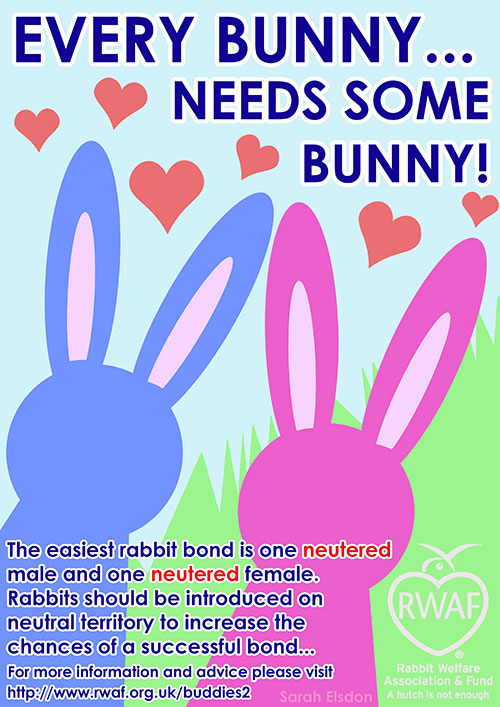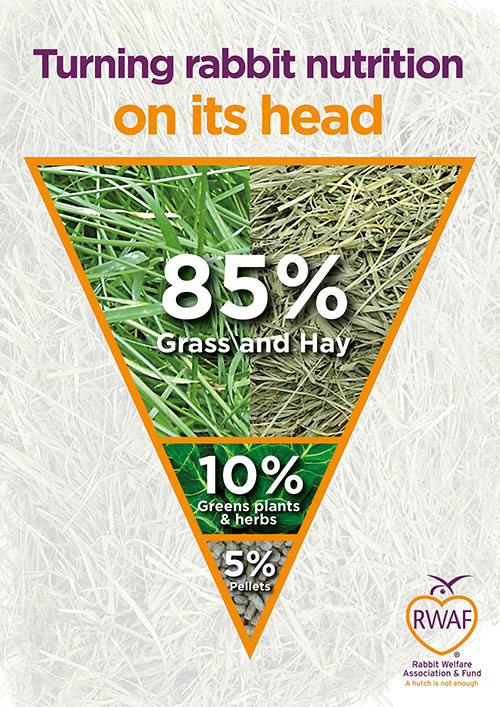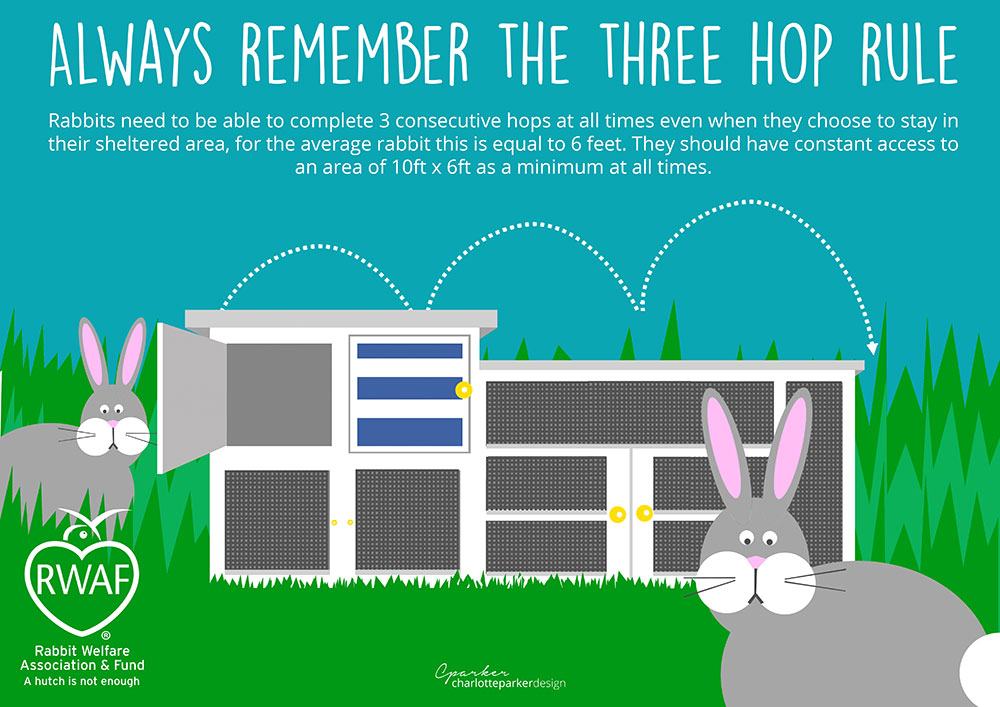Rabbits
WHAT do you need help with?
Intro
Despite being the third most popular pets to own, rabbits are the most neglected.
Many owners do not understand their needs, in regards to feeding, husbandry, exercise and company, and without the right knowledge, these rabbits can lead an unfulfilling life, with many health problems.
These are a few misconceptions in regards to rabbits, which leads owners to purchase them as a family pet
- They do not like living alone
- They are not easy to look after
- They are not cheap to look after
- They are not a good pet for children
- They do not like to be handled
- They do not like to live indoors
Rabbits can live up to 12 years of age, so this is a lifetime commitment and the estimated cost of ownership over their lifetime is £11,000.
companionship
Rabbits are sociable animals, and need at least 1 companion, very often people purchase a guinea pig instead of another rabbit, this does not allow the rabbit to display normal rabbit behaviour and also the guinea pig will have a different diet completely.
Your rabbit and its companion should be neutered as 2 males will fight, and a male and a female will inevitably make more bunnies.
Diet
Rabbits need to be fed a diet of 85% grass & hay, 10% leafy green veg & 5% pellets
Leaving commercial rabbit food in the cage all day, is very tempting to a rabbit and often distracts from eating his/her hay, greens and caecotrophs (POO), it’s like what would you rather, eat a bowl of veggies, or eat a bar of chocolate? Hard choice, right?
Caecotrophs are the soft poos that rabbits should eat straight from his/her bottom, this aids in their digestive process and is entirely normal.
They look like a small bunch of slimy grapes.
When cleaning your rabbit’s hutch, you should be cleaning only dry faecal pellets, well some soft poos do get left behind, but there should not be many.
If you are cleaning up soft poos from the hutch, then your rabbits diet needs to be adjusted, for instance decrease the amount of fresh greens you are giving
Sometimes the soft poos get stuck to the rabbit’s bottoms, and that can attract flies, then we get fly strike, so please check your rabbits bums everyday
This is a picture of the poo they should be eating
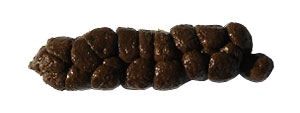
This is a picture of what should be left behind
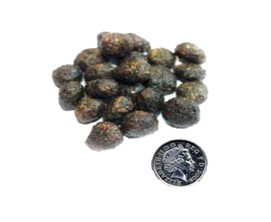
When feeding a commercial diet, ideally it should be pellets (so all are the same) this discourages selective feeding, so they get a balanced diet. Never feed freshly cut, it ferments really quickly, and can be harmful
Hay
There are many different hays available, especially in pet stores, they should be free from dust, grit, mould, and should always smell sweet.
You can never have too much hay, they will use it for bedding, going to the toilet on, and to eat, just avoid mass using alfalfa hay as it’s not a grass hay, so should only be used as a treat, a grass hay should always be used for bulk.
Always check the hay for foreign objects that may have made its way into the hay during the cutting / baling / packaging process.
As hay is made up of long fibres, it is naturally chewed in a side-to-side action, this is what wears down rabbits’ teeth, and keeps them free from spurs.
Rabbits’ teeth will continually grow throughout their lives, and if they are not eating the right diet, their teeth overgrow. The cheek teeth develop sharp spurs, which often cut their gums and tongue, which is very painful and restricts them from eating. Many people do not realise that rabbits have check teeth, so they do not always associate bad teeth with a reduced appetite.
A reduced appetite can also lead to gut stasis. Gut stasis is a potentially life-threatening illness, which occurs when rabbits stop eating, due to illness, or overgrown teeth. When rabbits stop eating the normal motions of the gut slows or can stop, this causes bad bacteria to build up and cause bloating.
When rabbits are bloated, they are less likely to want to eat or drink, making the condition worse, there is also a risk of intestinal blockage, as the gut cannot move what is already in the intestinal track.
If your rabbit’s appetite is reduced, then a prompt vet check would be advised.
Here is a list of fresh greens that can be given (In moderation- remember the 10% rule)
Basil
Broccoli
Beetroot greens
Cabbage (dark green varieties)
Carrot tops and roots as a treat
Cauliflower including the leaves
Celeriac
Celery
Coriander
Curly kale
Courgette (including flowers/excluding leaves)
Dill
Fennel
Jerusalem Artichoke
Kale
Mint
Marrow
Parsley
Pepper
Pumpkin
Radish greens and roots
Rocket
Salad greens/lettuce (not many of these as they can make poos runny)
Spinach
Spring greens
Sprouts – but if you get them a sprout tree be careful of how much of the stalk they eat as it’s very tough
Squash (any type – including cucumber)
Thyme
Watercress
Here is a list of known poisonous plants for bunnies.
Aconite
Arum
Aubergine plant
Bluebell
Bryony / Bryony red berries / Bryony black or purple berries
Buttercup
Celandine
Columbine/Aquilegia
Comfrey
Corncockle
Cowslip
Crocus
Daffodil
Deadly nightshade
Delphinium
Dock
Fool’s parsley
Foxglove
Grape Hyacinth
Hedge garlic
Hellebore
Hemlock
Henbane
Holly
Hyacinth
Ivy
Lily of the valley
Lords and ladies
Monks hood
Onion plant
Periwinkle
Poppy
Potato plant
Primrose
Privet
Ragwort / Ragwort second year growth
Rhubarb leaves
Russian comfrey
Snowdrop
Spurge
Tomato plant
Traveller’s joy
Tree lupin
Tulip
Wild garlic
Wood sorrel
Woody nightshade
Yew
Live in the correct accommodation
Did you know about the 3-hop rule?
Fact is rabbits need space, especially in the winter setting, with all the rain that we have in Wales, they tend to spend more time in the hutch, so having enough space to hop, stretch and play is vital
The RWAF recommendations are –
Living areas for 2 average sized rabbits (and they should be kept at least in pairs) is a single enclosed area of at least 3m x 2m by 1m high. This can include the sleeping quarters and makes up a footprint (accessible area of the ground or floor) of 3m x 2m.
It’s important for the rabbits that this 3m x 2m footprint is in a single block of space because it allows them to display positive behaviours, for example, to run rather than just hop.
The upper floor of a two-storey hutch does NOT count towards the footprint. Similarly, whilst raised platforms, tunnels and other connected areas are great for enrichment and are actively encouraged, they do not count towards the footprint.
Please note that the 3m length is important as this allows the rabbits to run and not just take a few hops. We sometimes see 60sq ft of space being referred to as the minimum guideline, but this does not always meet the minimum guidelines, for example 8ft x 8ft would be 64ft, but there is not a 3m length in that set up.
The sleeping quarters (hutch for example) should be a minimum of 1.8m x 0.6m x 0.6m high (or 6ft x 2ft x 2ft).
Preventative health care
Vaccinations
There is a combined vaccination for rabbits that cover for Myxomatosis and Viral Haemorrhagic Disease.
The main route of Myxomatosis infection is through fleas and mosquitoes that have previously bitten an infected rabbit. It is also suspected that midges and mites may pass on the disease. Direct contact with infected rabbits can also spread the disease, particularly secretions from their breathing and direct contact.
RVHD1 is a swift and efficient killer – almost all unvaccinated rabbits who catch RVHD1 die within a day or two. The virus causes massive internal bleeding. Some rabbits bleed from the nose and back passage before death, others die so quickly there may be no outward sign of disease at all.
RVHD2 is often fatal, although some rabbits have recovered with veterinary care. What makes it more dangerous in some ways is that it has a longer period in which the rabbit is infectious, this results in the disease spreading more widely. The strain can also be less easy to recognise because there is often no visible bleeding, so rabbits can simply be found dead or ill with no obvious cause.
Both strains of RVHD are spread by direct contact with infected rabbits, or indirectly via their urine or faeces. The viruses can survive for months in the environment and are terrifyingly easy to bring home to your pets. They also survive cold very well.
All pet rabbits – indoors or outdoors – are at risk. Rabbits living outside (especially if wild rabbits enter the garden) are at especially high risk.
Bunnies need 1 vaccine every year, just like dogs and cats, and we can start from 5 weeks of age.
Internal & External parasites
Rabbits can and will have internal & external parasites, just like dogs and cats.
Rabbits are also susceptible to fly strike, fly strike usually occurs in the summer, if the hutch and or rabbit is not kept clean, then flies will lay their eggs, eggs turn to maggots, which then feed off the rabbits’ flesh.
Fly strike prevention is a solution that needs to be applied when flies are most prevalent, usually in the summer.
Flea, mite & tick prevention will need to be applied every 4 weeks
Other health problems
Ecuniculi (Encephalitozoon cuniculi)
Is a microscopic parasite that some rabbits can carry without any symptoms, whilst others may show a range of symptoms which include
- A head tilt
- Weakness in the limbs / paralysis
- Uncontrollable spinning or rolling around
- Seizures
- Eyes moving side to side (Nystagmus)
Whilst rabbits can be carriers of this bacteria, this does not mean that there is a current infection, just that the rabbit has had some exposure.
The bacteria can lay dormant for months, ideally rabbits should be tested before introducing a companion, or to be on the safe side, start a treatment for both before introduction.
Treatment should be used daily for 28 days, some treatments may not be 100% effective.
Rabbit facts
Lifespan – 8-12 years
Sexual Maturity – 16-24 Weeks
Oestrus Cycles – Lasts 1-2 days every 12-16 days
Gestation – 30-33 days
Litter size – 4-12
Weaning Age – 7-8 weeks
Eyes open – 10 days

